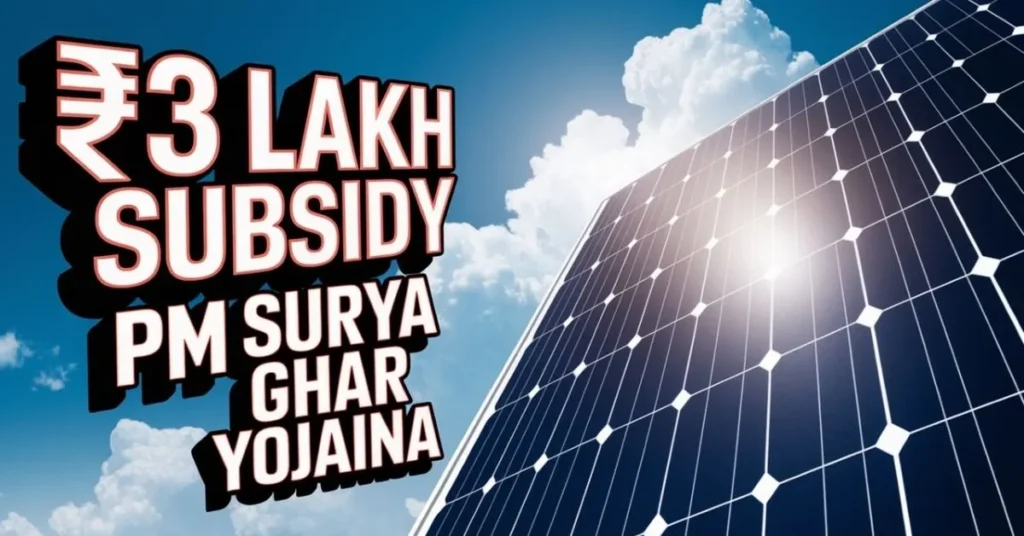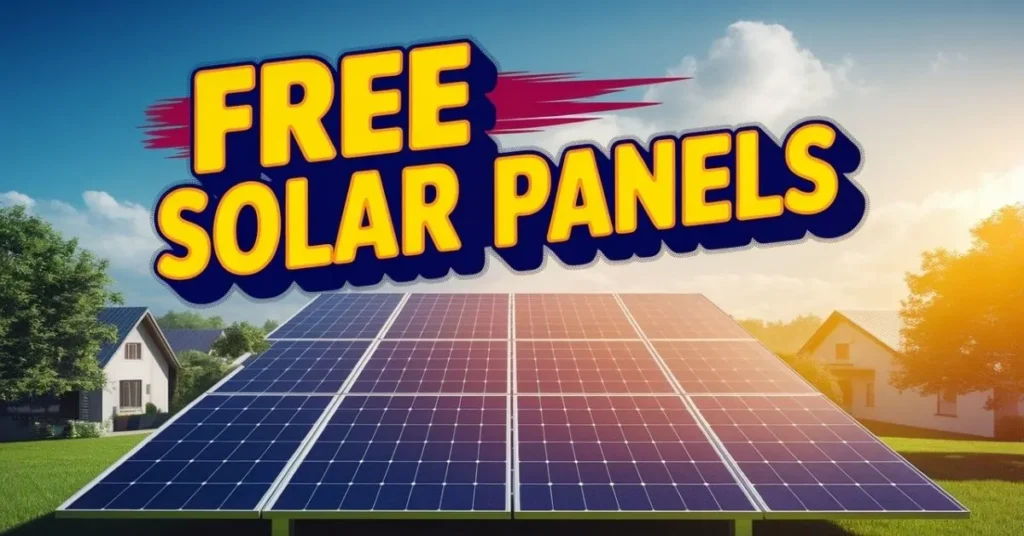Free Solar Panels for Home by Modi: Government is Offering ₹3 Lakh Under PM Surya Ghar Yojana
The PM Surya Ghar Muft Bijli Yojana (also termed the Solar Rooftop Subsidy Scheme) is an innovative government initiative to address the issue of high electricity tariffs and the demand for sustainable energy in the face of rapidly growing energy needs. Under this scheme, subsidies of up to ₹3 lakh are offered for installing solar panels on rooftops and providing clean and affordable energy for Indian households.
So here’s all you need to know about the scheme, including the eligibility, the amount, the application process, and important precautions.
What is the Solar Rooftop Subsidy Scheme?
Under this scheme launched in 2024, households can put up roof-based solar panels that are between 1 kW and 10 kW. Depending on the size and location of the system, the government will subsidise up to 60% of the total installation cost. The subsidy is also credited directly to the applicant’s bank account when the installation is successful and verified.
Interestingly, if a household produces more electricity than it uses, the surplus can be sold back to the power company, earning money without working for it.
Who Is Eligible for Free Solar Panels for Home?
To be eligible for the scheme, applicants have to:
- Apart from this, one of the most essential eligibility criteria for this paper is that you have to:
- Have a home with enough rooftop space
- Have a valid electricity connection
- Have not taken benefits from similar solar subsidy schemes before
- Have an active bank account and mobile number

Required Documents for Free Solar Panels for Home
Get ready the following documents while filling out the form online:
- Aadhaar Card and PAN Card
- Latest electricity bill
- Bank passbook copy
- Photograph of the rooftop
- Passport-size photo
- Address and income verification (if your state requires it)
Also Read: PM Surya Ghar Yojana 2025: Uttar Pradesh Leads The Race
How Much Subsidy Can You Get?
The solar system installation will receive a grant amount based on capacity. Here’s a quick overview:
| Solar Capacity | Subsidy Amount | Subsidy Percentage |
| 1 kW | ₹30,000 | 40–60% |
| 3 kW | ₹78,000 | 40–60% |
| 5 kW | ₹1.25 lakh+ | 40–60% |
| 10 kW | Up to ₹3 lakh | 40–60% |
Note: These values may vary slightly by state and DISCOM (electricity distribution company).

How to Apply Online for Surya Ghar Yojana?
The process is entirely digital and transparent:
- Visit solarrooftop.gov.in or pmsuryaghar.gov.in
- Sign in using your state, DISCOM, electricity consumer number, and mobile number
- Complete the application form and verify through OTP
- Upload the documents and submit the form
- Wait for DISCOM’s feasibility approval
- Procure a solar system through a registered vendor
- Apply for a net meter and have your arrangement checked
- Click on upload bank details and cancelled cheque
- Get the subsidy into your account in 30 days
Key Benefits of Surya Ghar Yojana
- Make savings of up to 80% on electricity bills
- Generate clean energy that requires little maintenance for the next 20–25 years
- Export excess power for added revenue
- Boost your property’s value
- Easily apply, without any paperwork
- Get government assistance through helpline 15555
Final Notes
Though this scheme is genuine, do keep your eyes open as fake agents can also tell you about full-cost coverage or offer you free installation. Submit all applications through official government portals, and only bid or negotiate with registered vendors. And make sure all documents are correct and current, and don’t pay middlemen.
Painting homes in yellow with this scheme reflects directly on the power bills of households, and indirectly on the future of the nation — a more sustainable and greener future.








